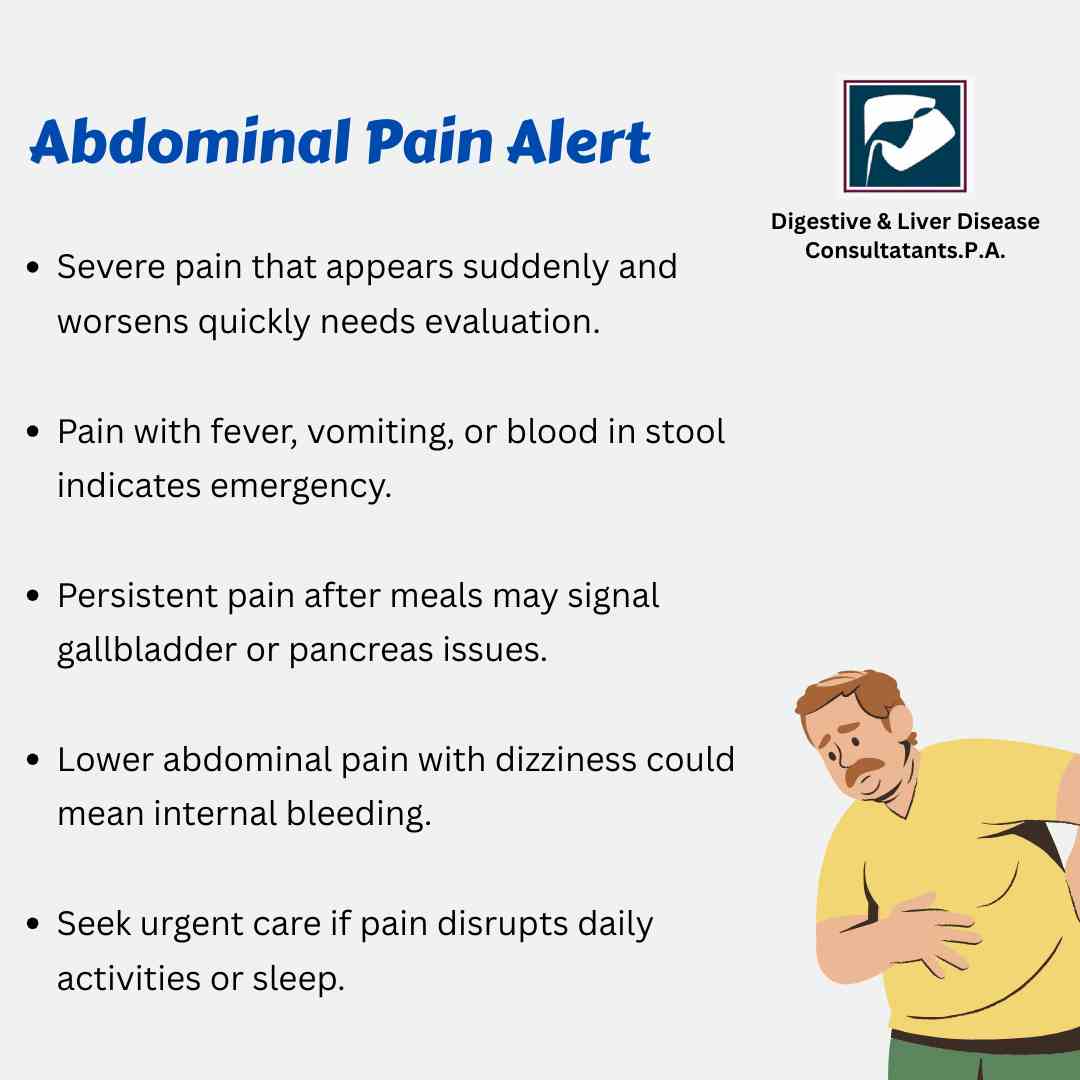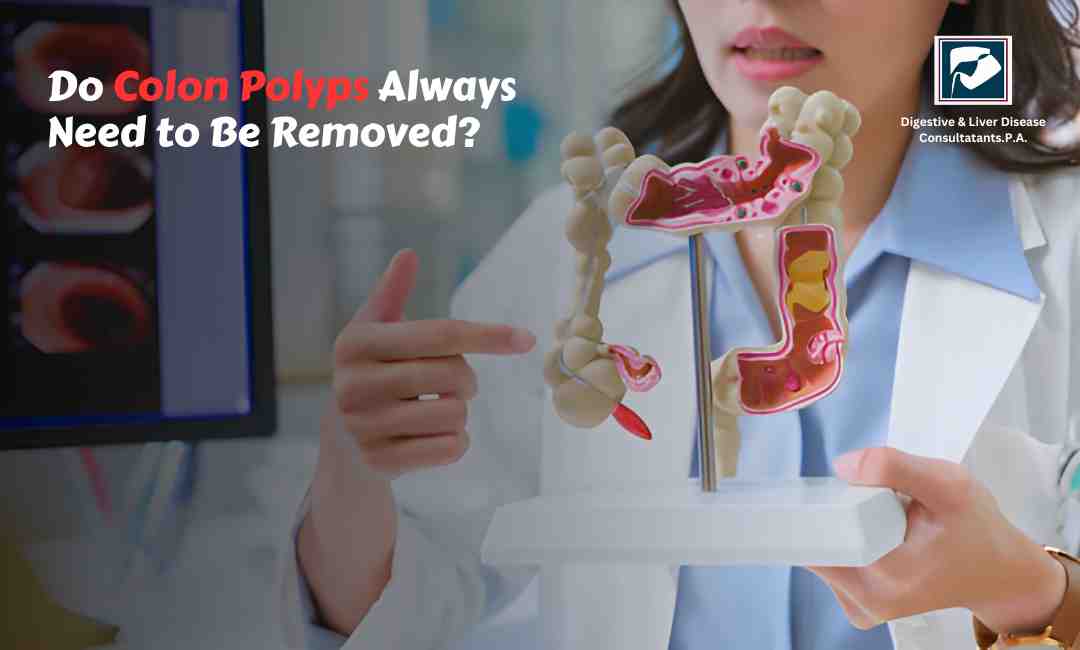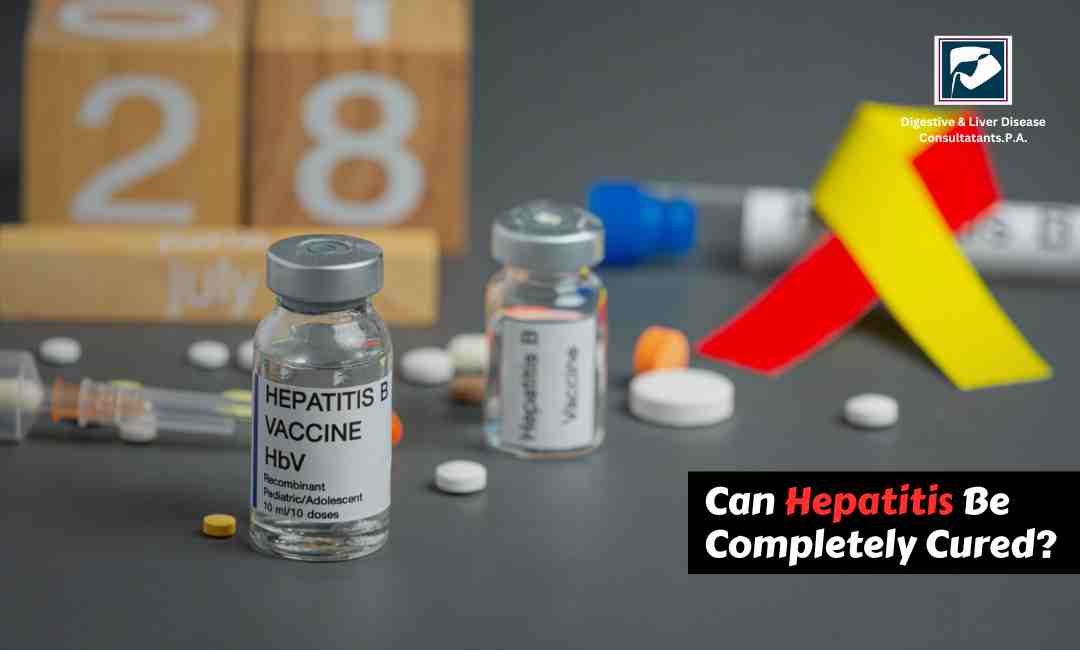Abdominal pain is one of those symptoms everyone experiences at some point. Most of the time it’s harmless and settles on its own. Maybe you ate too quickly, maybe something didn’t agree with you, or maybe it’s stress playing tricks on your gut. But here’s the thing. Not all abdominal pain is routine. Sometimes it’s your body signaling that something deeper is going on, something that needs timely medical attention.
Why Abdominal Pain Happens
Abdominal pain is a broad term. The abdomen holds many organs, so discomfort can come from the stomach, intestines, liver, gallbladder, pancreas, kidneys, or even blood vessels and muscles. The causes range from simple to serious.
Some common and usually mild reasons include
- gas buildup
- indigestion
- constipation
- stomach infections
- food intolerances
These usually ease with rest, hydration, and dietary changes.

But pain can also be linked to more serious issues like
appendicitis
gallstones
pancreatitis
ulcers
liver inflammation
bowel obstruction
inflammatory bowel disease
urinary tract infections
hernias
The challenge is that mild and serious pain sometimes feel similar at first. That’s why knowing the red flags helps you act at the right time.
The Key Red Flags You Should Never Ignore
Some symptoms tell you that abdominal pain is more than a simple stomach upset. Here’s what really matters.
Pain that gets steadily worse
If the pain is sharp, constant, or intensifying over hours, that’s not normal. Appendicitis, gallbladder inflammation, and pancreatitis often start this way. Your body is alerting you that something is actively progressing.
Pain with fever
Fever means infection or inflammation. When combined with abdominal pain, it raises suspicion for problems like appendicitis, diverticulitis, or a serious stomach infection. A fever with chills or shaking means you shouldn’t delay care.
Severe pain with vomiting
Vomiting can happen with mild issues too, but if you cannot hold anything down or the vomiting lasts more than a day, the risk of dehydration and worsening illness increases. Vomiting along with intense abdominal pain may point to bowel obstruction or pancreatitis.
Blood in stool or vomiting blood
This is a big red flag. Blood means there may be bleeding somewhere in the digestive tract. It could be due to ulcers, inflammatory bowel disease, severe infections, or even cancers. You may see bright red blood, dark maroon stool, or black tar-like stool. All require evaluation.
Difficulty passing stool or gas
If you suddenly cannot pass stool or even gas and you feel bloated, tight, or in severe discomfort, it may signal intestinal blockage. This needs quick medical attention.
Pain after eating fatty foods
Gallbladder problems often show up this way. You eat something rich and soon after the pain begins, usually on the right side or upper abdomen. Gallstones are very common and need proper treatment before they worsen.
Sudden, sharp upper abdominal pain that radiates to the back
Pancreatitis often starts like this. The pain can be intense, constant, and may worsen when lying down. This condition needs early medical care to avoid complications.
Unexplained weight loss
If you’re losing weight without trying and also dealing with persistent abdominal discomfort, it may signal chronic digestive or liver problems. Sometimes it’s linked to malabsorption, inflammation, or even cancers. This is not a symptom to ignore.
Abdominal pain with yellowing of the eyes or skin
Jaundice usually points to liver or bile duct problems. Combined with pain, it could mean hepatitis, gallstones blocking the ducts, or other liver conditions.
Pain accompanied by swelling or a visible bulge
A bulge in the groin or abdomen suggests a hernia. If the pain is sudden and severe, the hernia may be trapped and requires urgent treatment.
Pain after a recent injury
Any trauma to the abdomen followed by increasing pain, dizziness, or faintness could indicate internal bleeding.
When Children or Older Adults Have Abdominal Pain?
What makes abdominal pain tricky is that not everyone describes it the same way.
Kids might say they have stomach pain when the real issue is constipation, infection, or even stress. But if the pain is severe, persistent, or accompanied by vomiting or fever, they need timely evaluation. Conditions like appendicitis can progress quickly in children.
Older adults often experience abdominal pain differently. They may have milder symptoms even when the problem is serious. They are also more likely to have gallbladder disease, diverticulitis, or complications from medications. Lower pain sensitivity in older age can delay diagnosis, so any significant symptoms should be taken seriously.
Common Digestive Conditions That Show Red Flags
Let’s walk through a few conditions Digestive and Liver Disease Consultants often diagnose and treat.
Appendicitis
Starts near the belly button and shifts to the lower right side. Pain worsens over time and may come with fever or vomiting. Needs urgent treatment.
Gallstones and gallbladder inflammation
Cause sharp pain on the right side or upper abdomen, often after meals. Pain may spread to the shoulder or back.
Pancreatitis
Triggers severe upper abdominal pain radiating to the back. Often worsens when lying flat. May be linked to alcohol use or gallstones.
Peptic ulcers
Cause burning pain, especially on an empty stomach. Severe cases can lead to bleeding.
Inflammatory bowel disease
Conditions like Crohn’s disease or ulcerative colitis bring ongoing pain, diarrhea, weight loss, and fatigue.
Hepatitis and liver inflammation
Cause dull upper abdominal pain, fatigue, nausea, and sometimes jaundice.
Gastroenteritis
A stomach infection that causes cramping, diarrhea, vomiting. Can turn serious if dehydration sets in.
Bowel obstruction
Serious condition marked by bloating, vomiting, and inability to pass gas or stool.
When to Seek Help Immediately
Here’s the simple rule.
If the pain is severe, persistent, or paired with a worrying symptom like fever, vomiting, bleeding, or jaundice, don’t wait. Immediate medical care helps prevent complications and allows faster recovery.
If you’re not sure whether your symptoms are serious, it’s always safer to check.
How Digestive and Liver Disease Consultants, P.A. Can Help?
DLDC specializes in identifying the root cause of abdominal pain with precision. Their team of board certified gastroenterologists uses advanced diagnostics and years of expertise to tell normal stomach discomfort apart from serious disease.
You can expect
- thorough evaluation and symptom review
- advanced imaging like ultrasound, CT scans, or MRI when needed
- endoscopic procedures to look directly inside the digestive tract
- comprehensive liver and pancreatic assessments
- personalized treatment based on your findings
What this really means is you’re not guessing. You’re getting clear, evidence based answers and a treatment plan that makes sense for your condition.
How to Care for Abdominal Pain at Home (When It’s Mild)?
If the pain seems routine and you have no red flags, try the basics.
- stay hydrated
- eat light meals
- avoid spicy or greasy foods
- rest and monitor symptoms
- use antacids if you suspect indigestion
- track what triggers the discomfort
If symptoms don’t improve in a day or two, it’s smart to get checked.
The Bottom Line
Abdominal pain isn’t always serious, but it shouldn’t be ignored either. Your body has a simple language. When the pain changes, intensifies, or teams up with other warning signs, it’s asking for help. And getting that help early can make all the difference.
Digestive and Liver Disease Consultants, P.A. is here to guide you through that uncertainty with expert care, accurate diagnosis, and treatments tailored to your needs.






